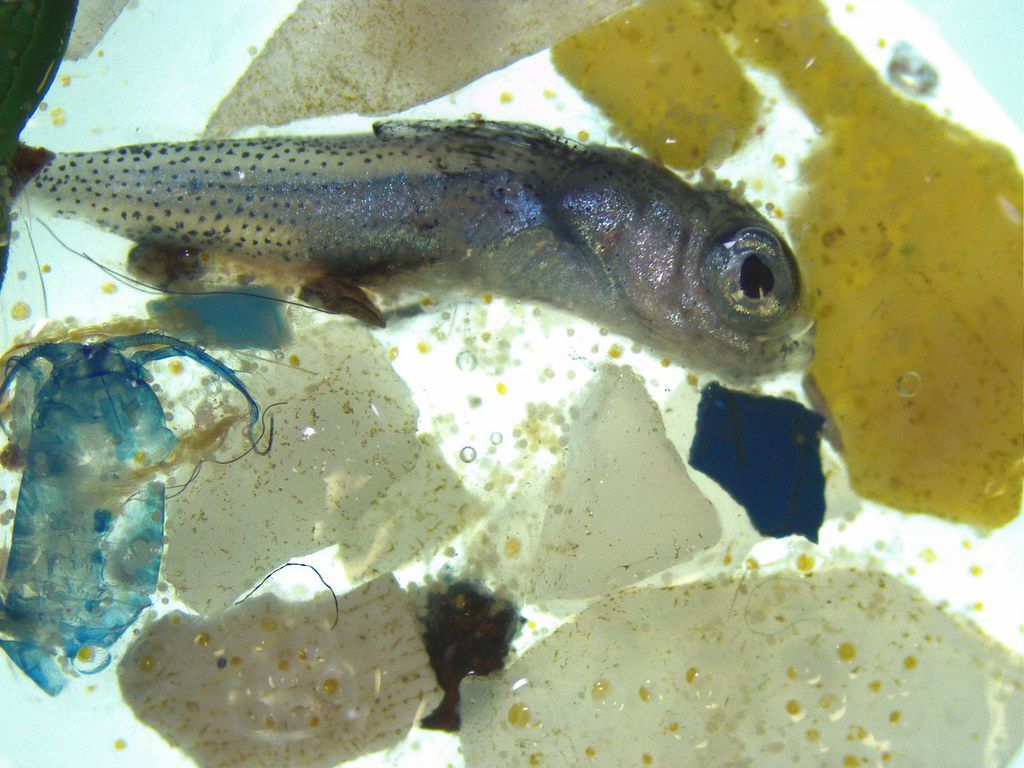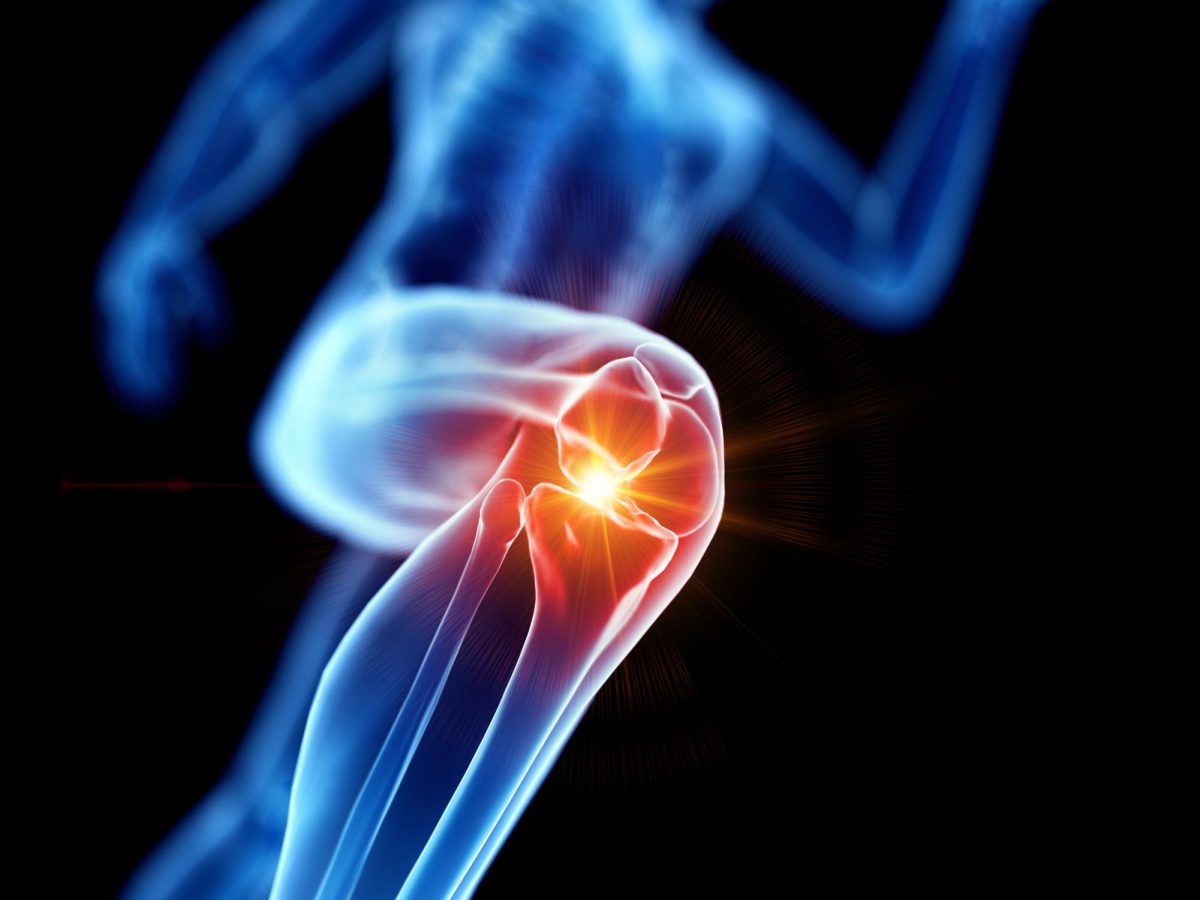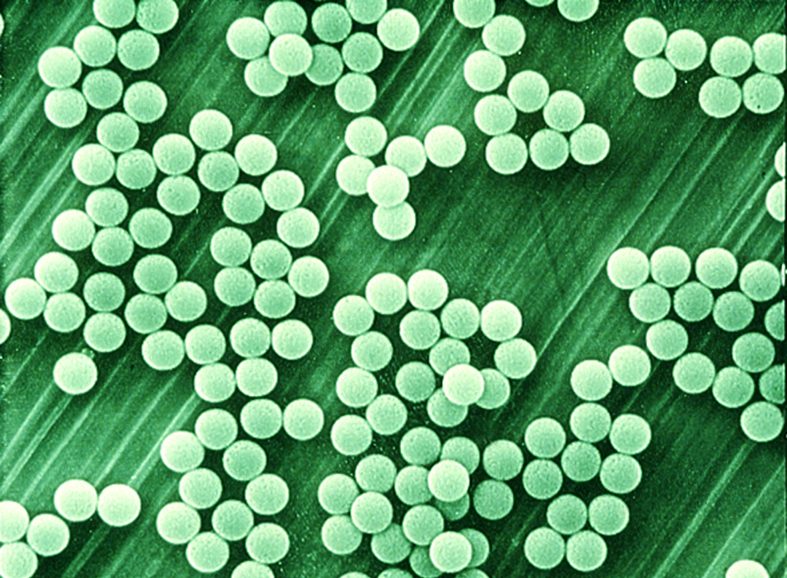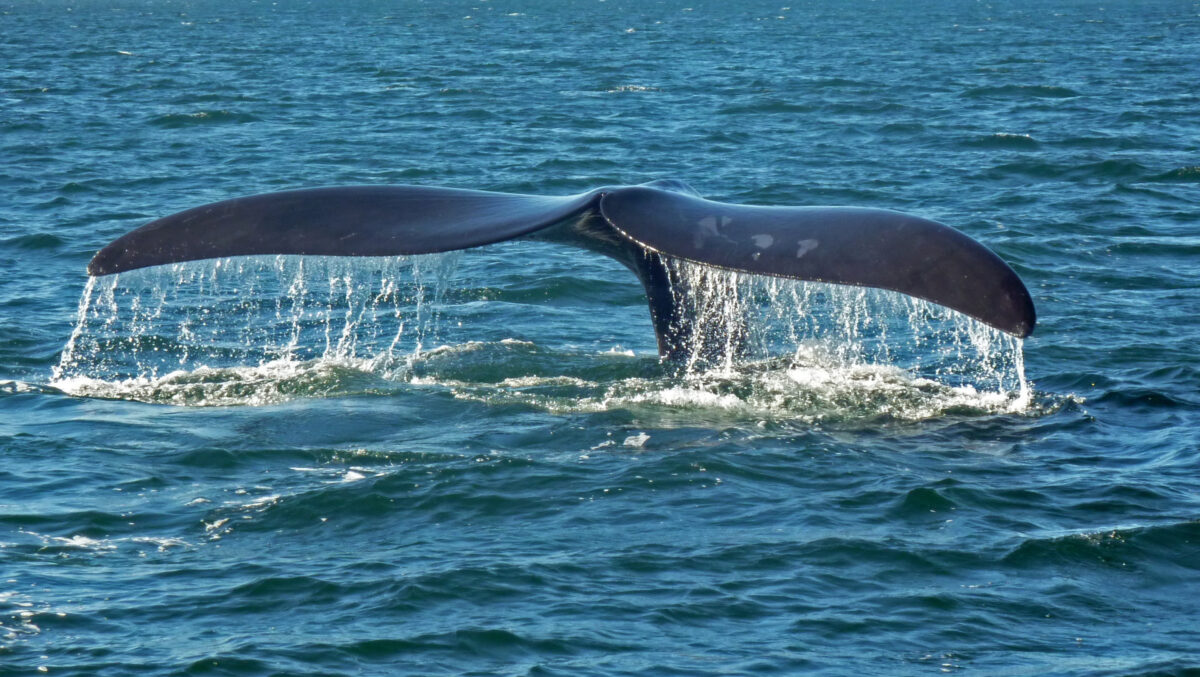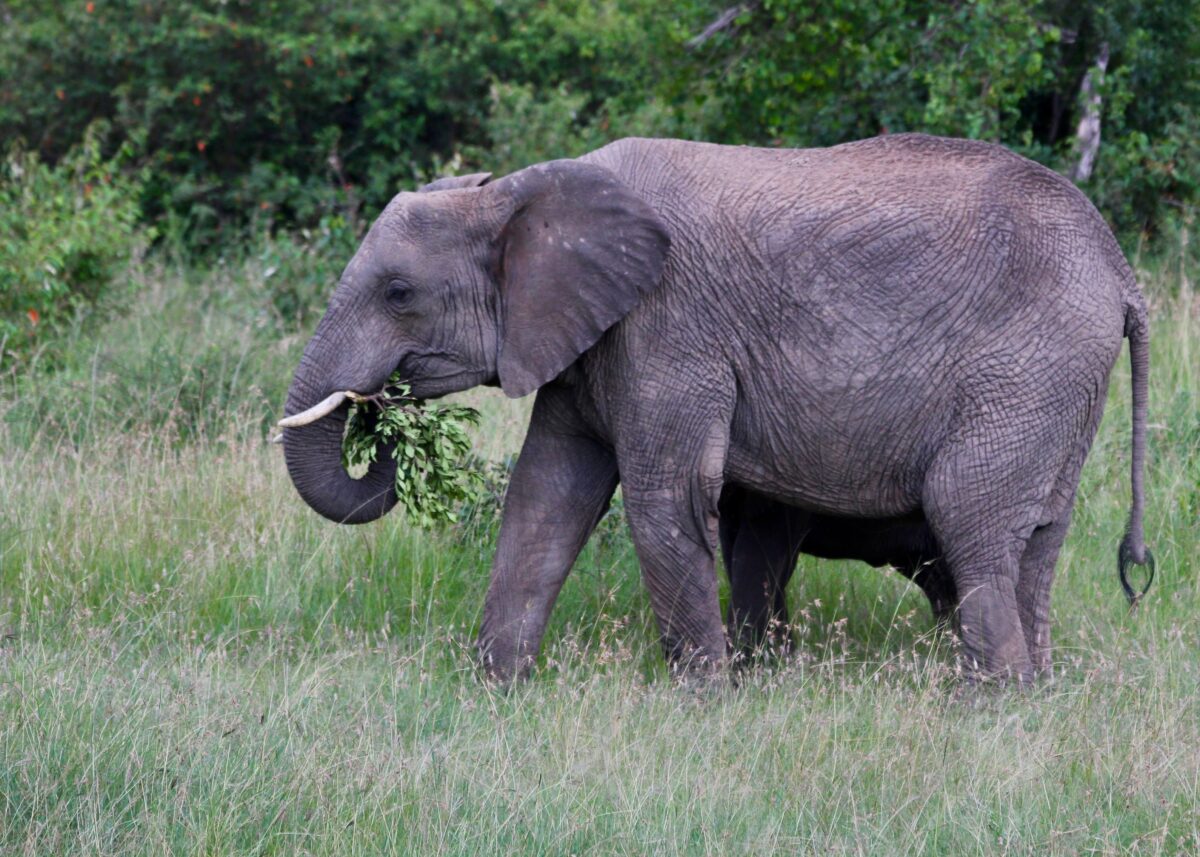Imagine waking up and throwing your breakfast together in the kitchen. You sit down to eat only to find tiny pieces of plastic distributed among your meal. This is a reality for many marine creatures, including a small crustacean known as Antarctic krill.
A recent study published in Nature Communications investigated the ability of Antarctic krill to breakdown microplastics in the ocean and found that through physical churning in their gastric mill the krill are able to fragment microplastics into nanoplastics.
Microplastics are small plastic particles that are less than 5 nanometers in size, which is a billion times smaller than a meter, that pollute the ocean. The microplastics are a result of small particles released into the ocean or larger plastics that fragment into smaller particles.
Filter feeders, animals that feed by filtering out nutrients from water, and plankton are susceptible to the accumulation of microplastics in their tissue and magnification of microplastics from ingesting organisms that have accumulated microplastics. Polyethylene, polypropylene, and expanded polystyrene are common microplastics that accumulate in marine organisms. In the study, polyethylene microplastics were examined because of their abundance in the environment.
The Antarctic krill was able to fragment microplastics utilizing the churning in its gastric mill to physically break the plastics down into smaller particles without utilizing digestive enzymes. Polyethylene microplastics blanks were exposed to the krill digestive enzymes and were unaffected by the enzymes throughout the experiment, supporting the conclusion that physical churning was responsible for the fragmentation.
To determine if the Antarctic krill were able to breakdown microplastics, the researchers exposed the krill to polyethylene microbeads and an algal food source and then inspected the fecal matter of the krill. The fecal matter contained nanoplastics, broken down from the microplastics that were fed to the krill. The Antarctic krill are the first planktonic crustaceans that have been reported to break down microplastics.
However, the toxicity of the resulting nanoplastics needs to be further researched. This discovery provides another piece of the microplastic pollution puzzle and offers further insight into how organisms have adapted to the increasing plastic pollution in the ocean.
Categories:
Tigra Scientifica: The new food group: plastic
Jill Walton, News Contributor
September 5, 2019
Photo Credit NICO Expedition via Flickr
The Antarctic krill are the first planktonic crustaceans that have been reported to break down microplastics.
0
Donate to The Tiger
Your donation will support the student journalists of Clemson University. Your contribution will allow us to purchase equipment and cover our annual website hosting costs.
More to Discover



